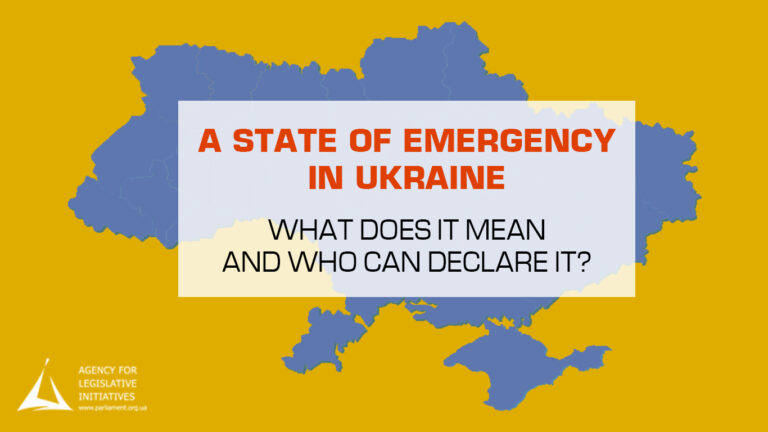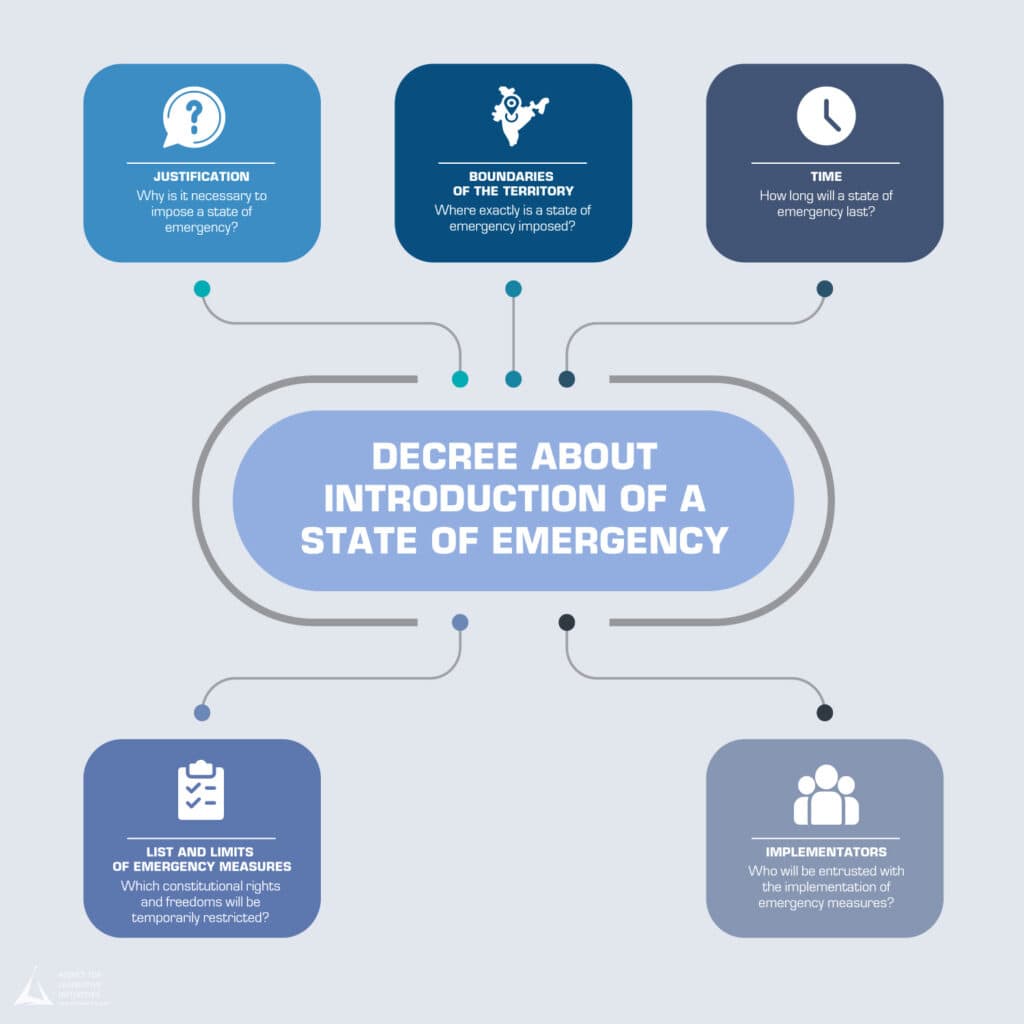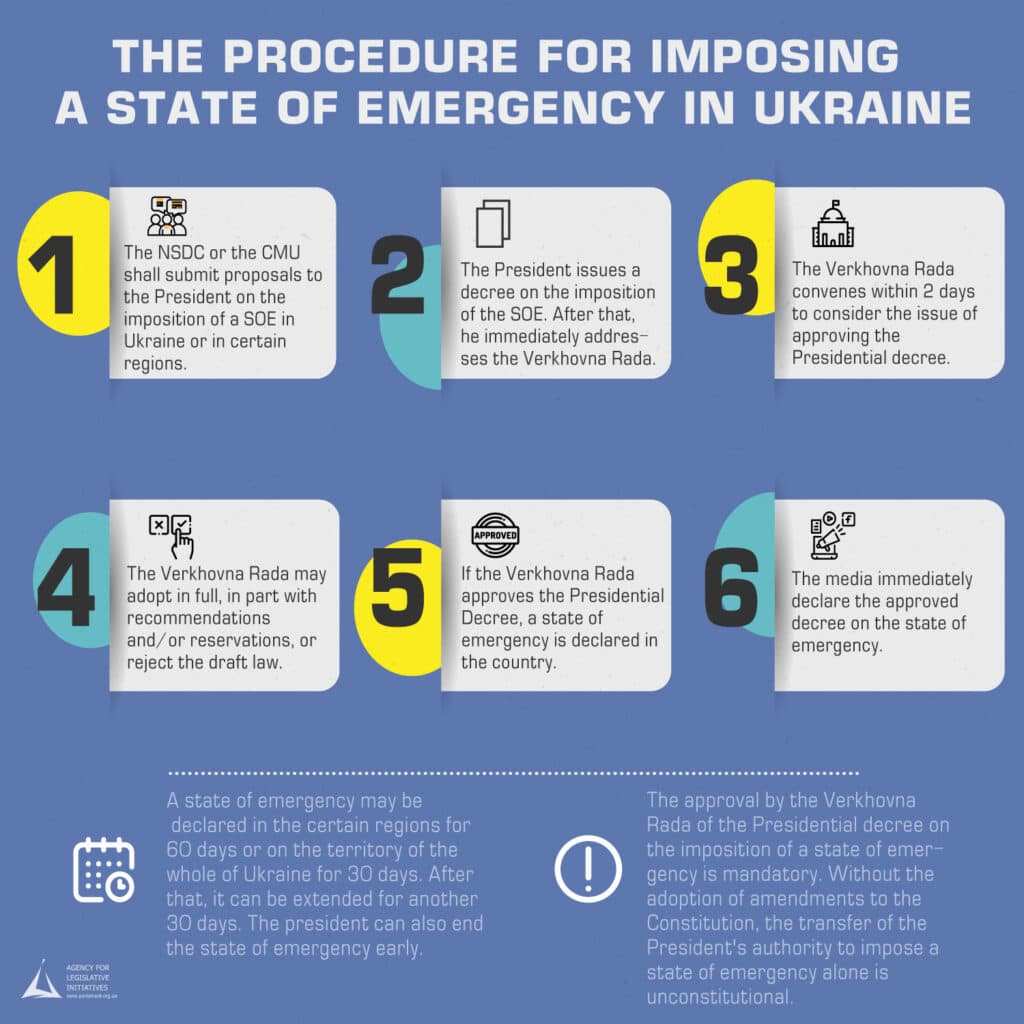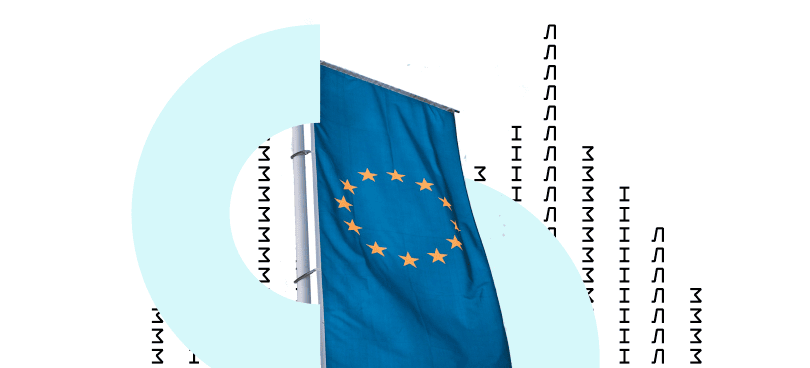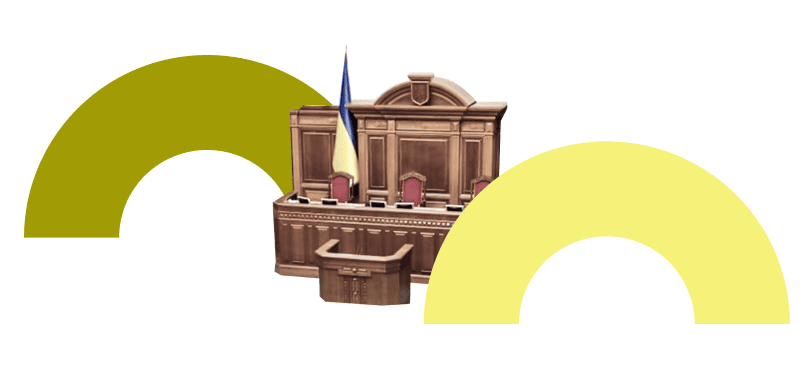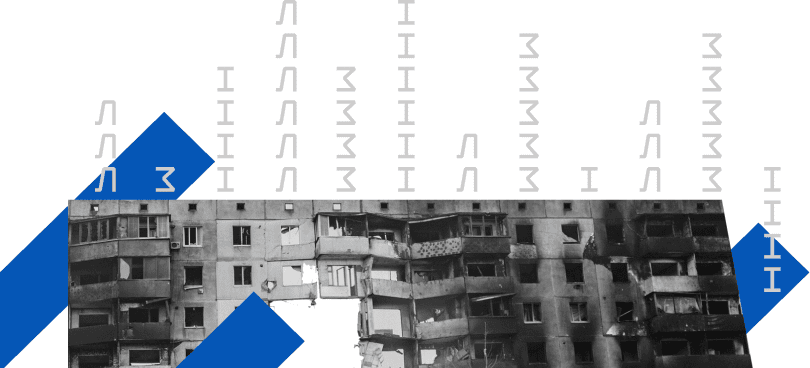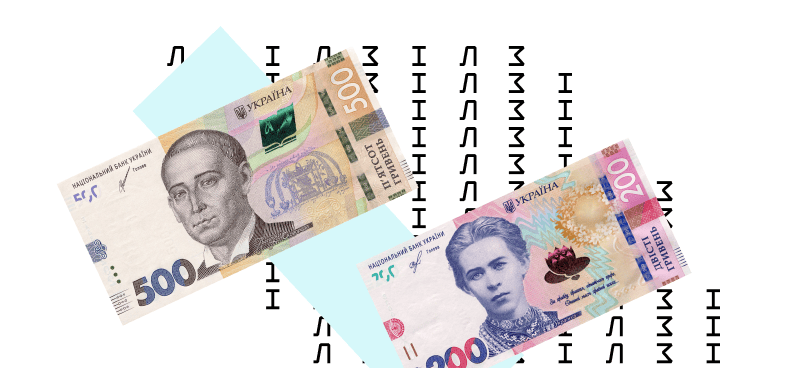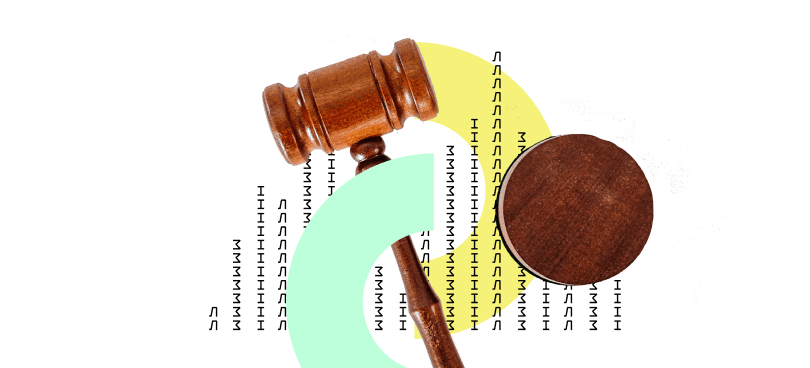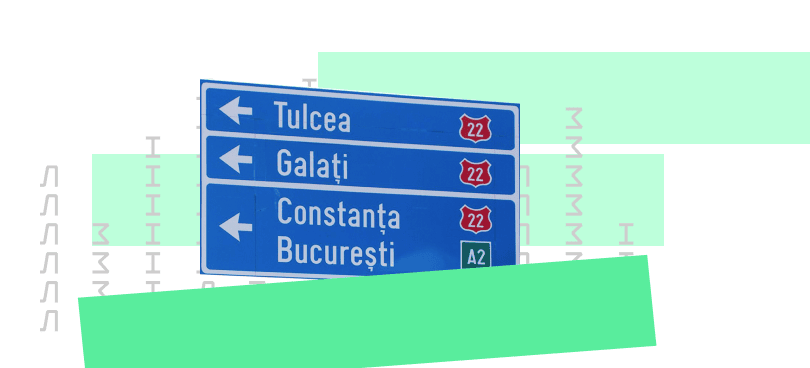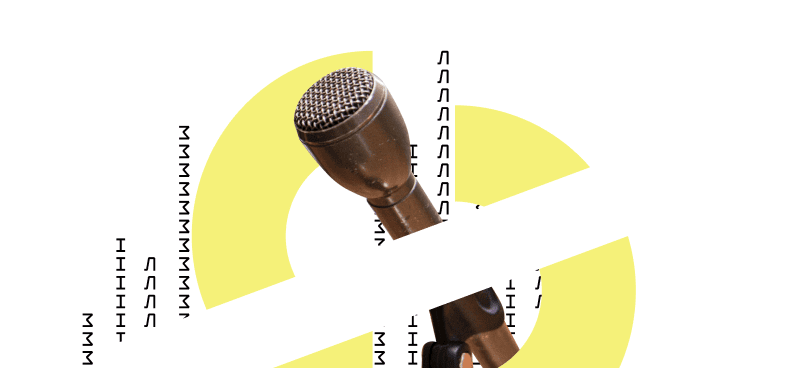The number of patients with coronavirus in Ukraine, as well as around the world, is growing. To combat the disease, many states are imposing a state of emergency. Among those who have already declared a state of emergency: the Czech Republic, Estonia, Spain, Bulgaria, Portugal, Italy, Serbia, Lebanon, and most US states, this list can go on. As of the evening of March 19, 26 cases of coronavirus have been registered in Ukraine, and if the situation worsens, a state of emergency is likely to be imposed in Ukraine as well.
Moreover, some media outlets already say that a state of emergency has been declared in three regions of Ukraine. However, this is not the case. An emergency situation was imposed in Chernivtsi, Zhytomyr, and Kyiv regions, not a state of emergency. They have different methods of introduction and different legal consequences.
The Agency for Legislative Initiatives recalls the legal features of the mechanism of imposing a state of emergency.
The Constitution regulates the procedure for imposing a state of emergency, the Rules of Procedure of the Verkhovna Rada, and the Law “On the Legal Regime of the State of Emergency”.
The WHO has declared a coronavirus pandemic. A pandemic that threatens the lives and health of large sections of the population is, following paragraph 1 of Part 2 of Art. 4 of the Law “On the legal regime of the state of emergency”, one of the conditions for the introduction of the state of emergency. If this threat to the security of the citizens of Ukraine cannot be eliminated in other ways, then a state of emergency must be imposed.
If there are conditions (pandemic) in Ukraine for the imposition of a state of emergency, the National Security and Defense Council or the Cabinet of Ministers shall submit proposals to the President on the imposition of a state of emergency in Ukraine or in certain regions.
The President issues a decree on the imposition of a state of emergency. This decree should contain information on:
1) justification of the need to impose a state of emergency, following Art. 4 of the Law “On the legal regime of the state of emergency.”
2) the boundaries of the territory where the state of emergency is imposed: it can be separate territories or the whole territory of Ukraine.
3) the time from which the state of emergency is imposed and the period for which it is imposed: no more than 30 days for the territory of the whole of Ukraine and no more than 60 days for certain regions of Ukraine.
4) list and limits of emergency measures, an exhaustive list of constitutional rights and freedoms that are temporarily restricted: mainly this applies to restrictions on freedom of movement, movement of vehicles, restrictions on mass meetings, establishing a particular order of enterprises and introducing a special order of distribution of food and necessities. The rights defined in part two of Art. 64 of the Constitution cannot be restricted.
5) state authorities, military command bodies and local self-government bodies entrusted with the implementation of emergency measures, and the limits of their additional powers;
After signing the decree, the President immediately addresses the Verkhovna Rada.
The Verkhovna Rada convenes within two days without holding a meeting to consider the issue of approving the Presidential decree. This issue does not require prior preparation in committees. It does not require inclusion in the agenda of the session, the schedule of plenary sittings of the session, the weekly agenda of plenary meetings of the Verkhovna Rada. The draft law on the approval of the relevant presidential decree is considered according to the procedure of the first reading and adoption of the law as a whole.
The Verkhovna Rada may adopt in full, in part with recommendations and/or reservations, or reject the draft law approving the relevant presidential decree.
The media immediately declare the approved decree on the state of emergency.
At the same time, Ukraine informs the states that have signed the International Covenant on Civil and Political Rights, on the restriction of the rights and freedoms enshrined in this Covenant during the state of emergency.
If the threat to the safety of citizens is eliminated, the President may, by his decree, lift the state of emergency earlier than the term for which it was imposed. Proposals to raise the state of emergency are submitted to the President by the Verkhovna Rada or the Cabinet of Ministers.
If necessary, the state of emergency may be extended, but not more than for 30 days. The Verkhovna Rada must approve the Presidential Decree on the continuation of the state of emergency of Ukraine.
Against the proposals of the Cabinet of Ministers to change the mechanism of the state of emergency, it should be emphasized that in accordance with paragraph 31 of Art. 85 and item 21 of Art. 106 of the Constitution (and the Constitution is higher than other laws), the approval by the Verkhovna Rada of the Presidential decree on the imposition of a state of emergency is mandatory. Without the adoption of amendments to the Constitution, the transfer of the President’s authority to impose a state of emergency alone is unconstitutional.
Thus, a state of emergency is imposed on the proposal of the National Security and Defense Council or the Cabinet of Ministers through the issuance of a presidential decree to be approved by the Verkhovna Rada. A state of emergency may be declared on the territory of certain localities for 60 days, or on the territory of the whole of Ukraine for 30 days. After that, it can be extended for another 30 days. If the threat to the safety of citizens is eliminated, the President may terminate the state of emergency ahead of time.

